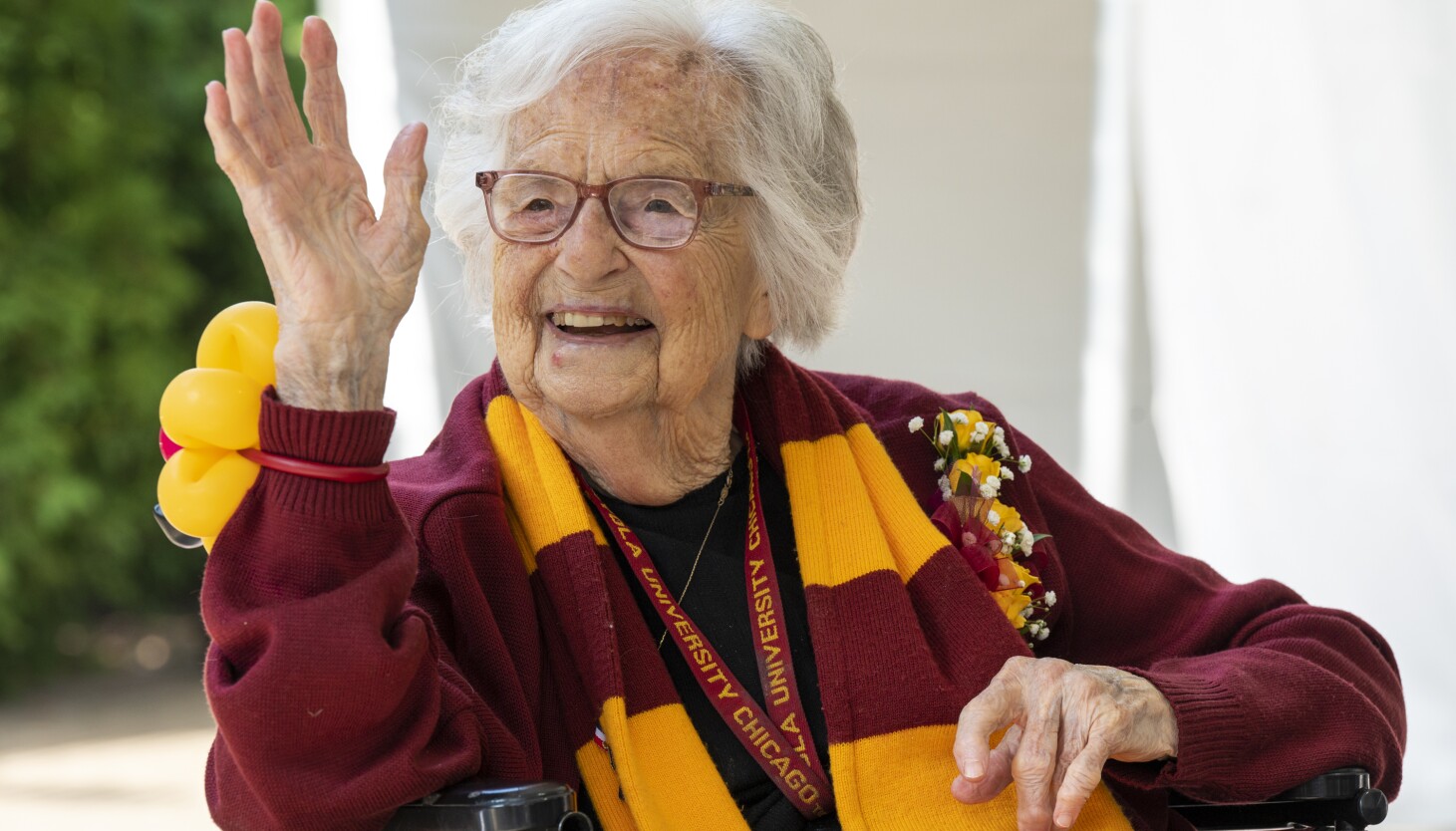Instead of studying why some people age faster, a University of Minnesota researcher has received $2.2 million to figure out why others stay youthful longer.
Brain activity appears different in so-called “SuperAgers,” people 75 and older with no cognitive declines who walk and run as easily as people in their 40s, said Jacqueline Palmer, the U physical therapist leading the research. Understanding their aging process could unlock therapies and strategies to improve other seniors’ quality of life in later years.
“Most research in brain aging is focused on understanding what is going wrong. Why are people developing diseases? … We are flipping the script,” she said.
The U on Wednesday announced Palmer received a New Innovator grant from the National Institutes of Health’s High Risk, High Reward Research program. Such federal awards support ideas that aren’t yet backed by extensive research results but have potential to reshape health care.
Six other U researchers have received these grants over the past two decades, using the funding to kickstart studies of 3D-printed bionic organs, HIV vaccinations and other untested ideas.
Palmer’s proposal came from earlier studies on stroke and cognitive declines, which recruited healthy elderly adults for comparison who showed remarkable resilience to the usual course of aging.
“They’re whitewater rafting on the weekend and still riding their bicycles on the road,” she said.
Researchers expected that these people would have similar brain activity as younger people, but were surprised to find out that their neurological activity was distinct. Palmer said there was evidence of “neuroplasticity, or brain rewiring,” in response to the usual pressures of aging.
Source link

